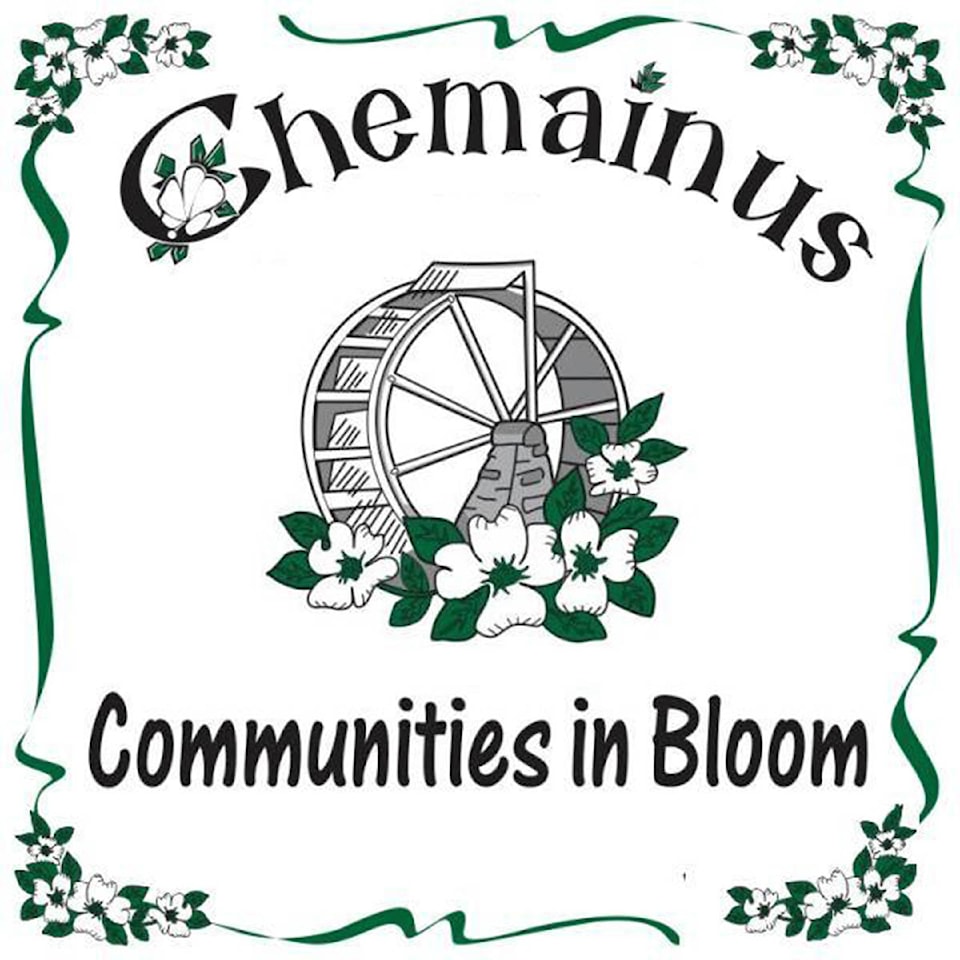Just 21 days until spring.
Celebrate St. David’s Day, and St. Paddy’s Day! Keep the ‘green’ by planting leeks, daffodils and shamrock (clover will do).
Remember to spring forward with the time change on March 8. And save some of that rain water for the summer drought.
Chemainus Communities in Bloom will be back in action soon. Watch for info on Facebook or on our blog,
We Dig – Do It Now Tips
• Didn’t get that winter ‘prune’ done? Do it now.
• Fertilize rhodos, azaleas and camellias
• Cut down ornamental grasses and sword ferns
• Prune your roses after the forsythia blooms
• Start turning the soil in your vegetable garden
• Apply mulch and well rotted manure to fruit trees, bush and cane fruits
• Bait the garden and flower bed for slugs
• Cut off dead growth and divide crowded perennials. Replant only the outer pieces of a clump in soil replenished with compost and a little bone meal
• If gladiolas and dahlias are sprouted, expose to daylight and divide dahlias by cutting the bulbs between the eyes
• Turn the compost pile and start new ones
• Rake moss from the grass, top dress with peat moss, seed bare spots
• This is a great time to buy spring flowering trees and shrubs
• Fertilize lawns
• Replace old overgrown lavenders and prune young plants
• Make sure your hummingbird feeders are full, one cup of sugar to four cups water, boil well to ensure the sugar is dissolved
Did you know…
…the flower of the month is the daffodil meaning affection and sympathy?
…the daffodil’s name is from old English, affo dyle, meaning ‘coming early’?
…lemons are technically berries?
…the first garden hoses were made of ox gut in 400 BC?
…the first lawns appeared in the First Century AD in Greece?
…watermelon is actually a vegetable and so is rhubarb?
…trees are the longest-living organisms on earth?
…vanilla flavouring comes from the pod of an orchid?
Pick of the Month – Anemone blanda
A bright blue, daisy-like ground cover, flowering in March. Commonly known as Balkan Anemone, Grecian or Winter Wind flower. Ranunculaceae family, native to South Eastern Europe. Grows in shade or sun but must be well drained. Grows from bulb-like tubers. No maintenance required, they appear at the end of February and over time form a beautiful carpet of colour.
AND … if you grow it for the fruit or the root, you need full sun. If you grow it for the leaves, partial shade is all you need.
The first meeting of the year for Communities In Bloom will be March 17 at 7 p.m. in the Steeples Activity room. Newcomers are always welcome.
- Rondeau Fenton
